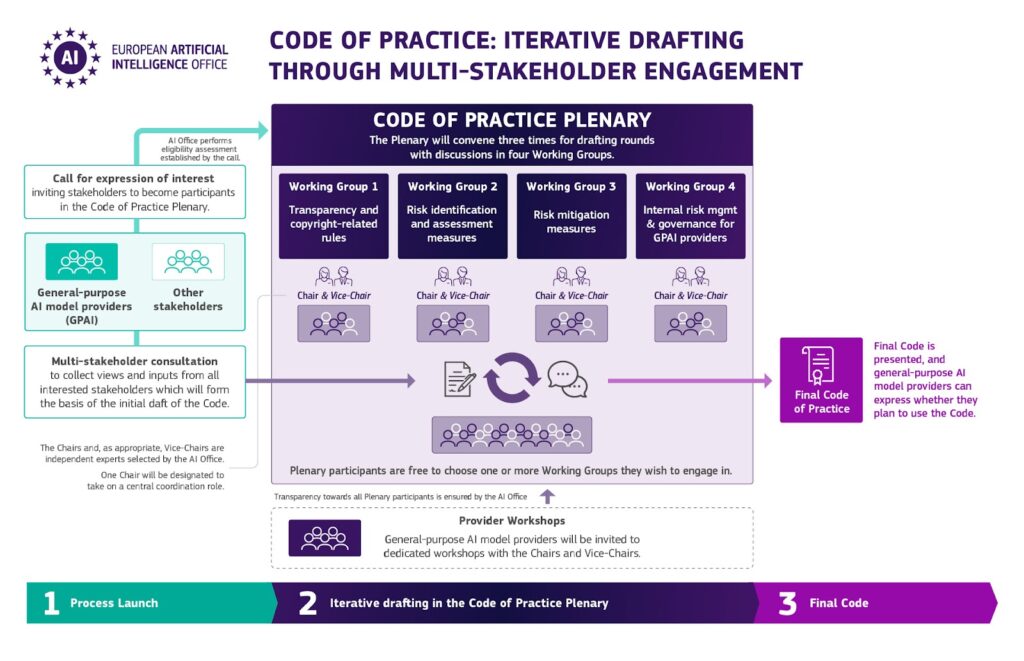Key Dates and Deadlines Announced in the Published EU AI Act

# Key Dates and Deadlines Announced in the Published EU AI Act
The European Union (EU) has taken a significant step in regulating artificial intelligence (AI) with the introduction of the **EU AI Act**. This landmark legislation aims to establish a comprehensive legal framework to govern the development, deployment, and use of AI technologies across the EU. The Act is designed to ensure that AI systems are used in a way that is safe, ethical, and respects fundamental rights, while also fostering innovation and competitiveness in the AI sector.
As the EU AI Act progresses through its legislative process, several key dates and deadlines have been announced that stakeholders in the AI ecosystem need to be aware of. This article provides an overview of these critical milestones and their implications for businesses, developers, and policymakers.
## 1. **April 21, 2021: Proposal of the EU AI Act**
The journey of the EU AI Act began on **April 21, 2021**, when the European Commission published its proposal for the regulation. This proposal outlined the key objectives of the Act, including the classification of AI systems based on their risk levels, the establishment of compliance requirements, and the creation of enforcement mechanisms.
The proposal was the result of extensive consultations with stakeholders, including industry representatives, civil society organizations, and academic experts. It marked the first comprehensive attempt by a major regulatory body to create a legal framework specifically for AI.
## 2. **June 14, 2023: European Parliament Adopts Its Position**
On **June 14, 2023**, the European Parliament adopted its negotiating position on the EU AI Act. This was a crucial step in the legislative process, as it allowed the Parliament to enter into negotiations with the Council of the European Union (the EU’s other legislative body) to finalize the text of the Act.
The Parliament’s position included several amendments to the original proposal, including stricter rules for high-risk AI systems, stronger safeguards for fundamental rights, and increased transparency requirements for AI developers and users.
## 3. **Late 2023: Expected Conclusion of Trilogues**
The next key phase in the legislative process is the **trilogue negotiations** between the European Parliament, the Council of the European Union, and the European Commission. These negotiations are expected to conclude by the end of **2023**. The trilogues are aimed at reconciling the differences between the positions of the Parliament and the Council and reaching a final agreement on the text of the EU AI Act.
Once the trilogues are completed, the final version of the Act will be subject to a formal vote in both the Parliament and the Council. If approved, the Act will become law.
## 4. **2024: Formal Adoption of the EU AI Act**
If the trilogue negotiations proceed as expected, the EU AI Act is likely to be formally adopted in **2024**. This will mark the official entry of the Act into EU law. However, the adoption of the Act does not mean that all of its provisions will take effect immediately.
## 5. **2025-2026: Transition Period for Compliance**
Following the formal adoption of the EU AI Act, there will be a **transition period** to allow businesses, developers, and other stakeholders to comply with the new regulations. This transition period is expected to last between **18 to 24 months**, meaning that the full implementation of the Act is likely to occur in **2025 or 2026**.
During this period, AI developers and users will need to assess their AI systems to determine whether they fall into one of the risk categories defined by the Act (e.g., high-risk, limited-risk, or minimal-risk). High-risk AI systems, in particular, will be subject to stringent compliance requirements, including mandatory risk assessments, transparency obligations, and human oversight.
## 6. **2026: Full Implementation of the EU AI Act**
By **2026**, the EU AI Act is expected to be fully implemented, and all AI systems used or developed within the EU will need to comply with its provisions. This will have far-reaching implications for businesses and developers, particularly those working with high-risk AI systems, such as those used in critical infrastructure, healthcare, law enforcement, and education.
Failure to comply with the Act’s requirements could result in significant penalties, including fines of up to **€30 million** or **6% of global annual turnover**, whichever is higher. This underscores the importance of early preparation and compliance efforts for organizations involved in AI development and deployment.
## 7. **Ongoing Monitoring and Updates**
The EU AI Act is not a static piece of legislation. The European Commission has indicated that it will continuously monitor the implementation of the Act and assess its effectiveness in achieving its objectives. This may result in periodic updates or amendments to the Act to address emerging challenges or new developments in AI technology.
Additionally, the Act includes provisions for the creation of a